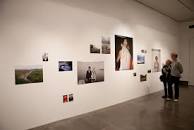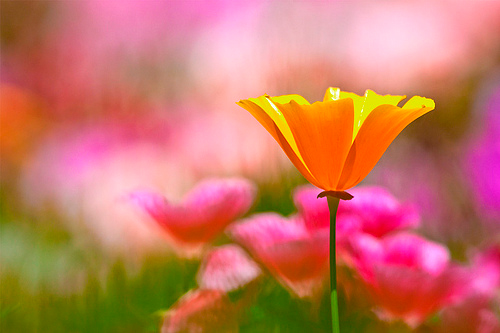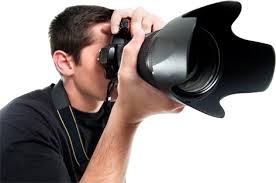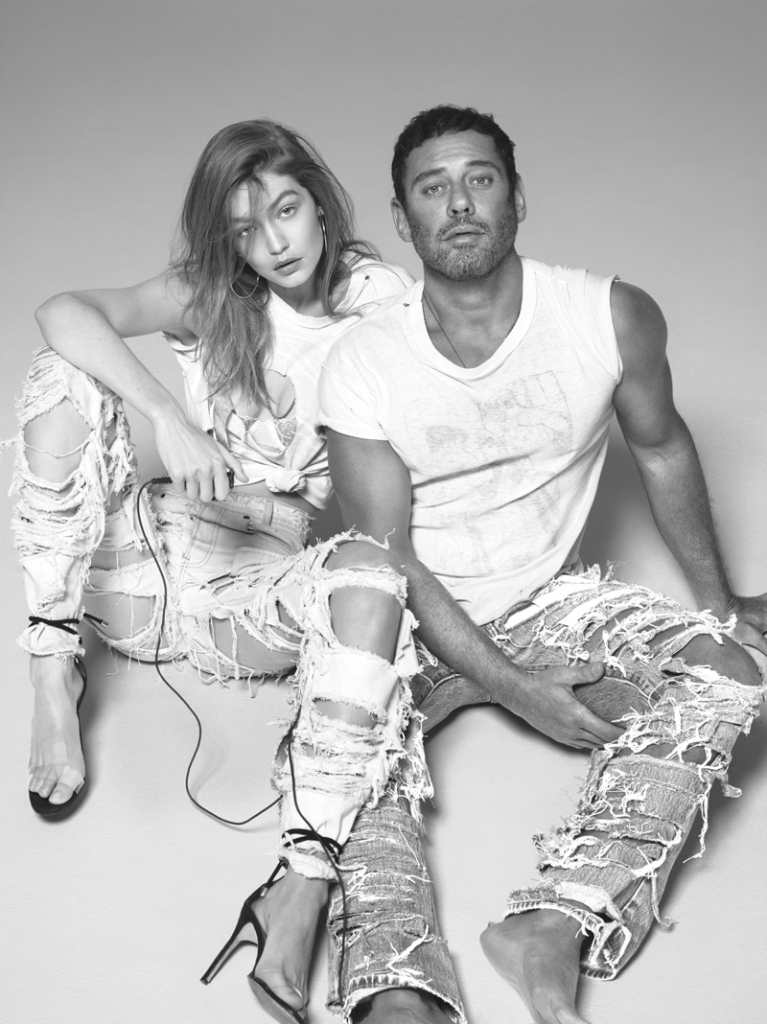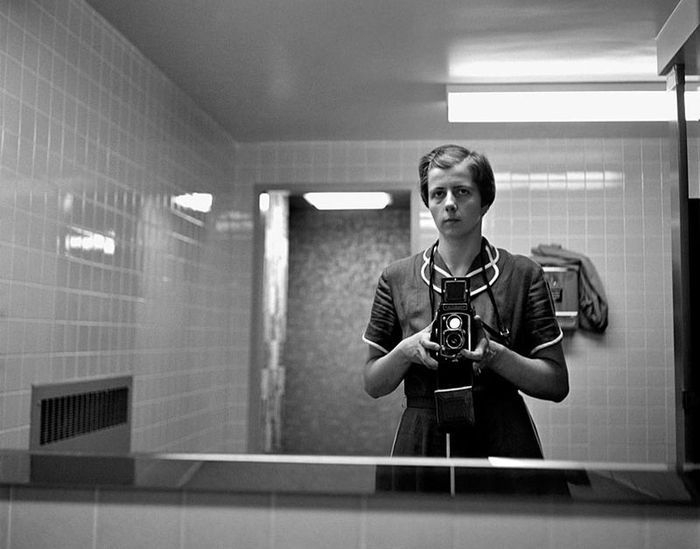HOW TO OBTAIN BEST RESULTS BY REMOVING AN ULTRA-WIDE ANGLE LENS
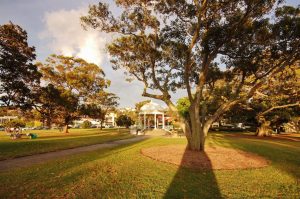 Today, most consumer DSLR lens kits are wide-angle. The 18 mm lens on the APS-C sensor camera (or 27 mm on the old 35 mm) is wide enough for most cases. Ultra-wide-angle lenses are characterized in that their focal length is less than 16 mm. It is here that new creative possibilities and new obstacles open up.
Today, most consumer DSLR lens kits are wide-angle. The 18 mm lens on the APS-C sensor camera (or 27 mm on the old 35 mm) is wide enough for most cases. Ultra-wide-angle lenses are characterized in that their focal length is less than 16 mm. It is here that new creative possibilities and new obstacles open up.
On crop sensor lenses, a focal length of 30-35 mm provides what we call the “normal” field of view, which is roughly equivalent to what the human eye sees. At 18 mm the field of view is almost two times wider, so it is possible to place many objects in the frame. At 12 mm you will again get 50% of the field of view, which is already very far from the “normal” – in this case, you need to turn your head to capture all the details.
how to shoot with a super wide angle lens
The first thing you notice is an excessively enlarged perspective, distorted edges and the relationship between objects in the foreground and background, which turn out to be “stretched,” and sometimes quite unnaturally. Wide-angle frames can contain many objects at different distances, which helps to draw the viewer’s attention to the picture.
In trees and clouds, which usually look quite harmless in a frame, there is a lot of drama and at the same time a lot of all kinds of distortions. All the contrasts that the photographer gets in the picture when using a wide-angle lens, due to the presence in the frame of both light and dark objects at different distances, bring the dynamic range of the DSLR to the limit.
Think of ultra-wide-angle lenses as opposed to telephoto lenses. Telephoto lenses tend to smooth out the depth of field, while ultra-wide lenses oversize it. This leads to the fact that objects in the background appear farther than they actually are, relative to the front ones.
If your camera is even slightly out of horizontal position, the verticals will converge. Buildings will soar upward, adding a sense of drama to boring frames like the one below.
how to shoot with a super wide angle lens
Sometimes you do not need this effect at all, and then it is best to make sure that the horizon is in the center of the image. You can correct perspective distortions during post-processing, however, in the end, you will get noticeably smaller images by the time the edges are cropped.
Due to the exaggerated depth of field, it is quite difficult to achieve sharpness throughout the image. Increase f-stop – the recommended answer, but even with f / 11 or f / 13, front sharpness by 10 or 12 mm may remain elusive. In practice, you need to decide what to focus on: at infinity, which will soften the foreground a little, or vice versa. You also need to experiment with aperture to see what works best for your lens and camera.
On ultra-wide-angle lenses, autofocus will throw new problems, because objects located just a few meters away will be quite small and therefore create difficulties for autofocus. Outside the first few meters, ultra-wide-angle lenses tend to guess the focus, but that doesn’t help with sharpness – choosing a manual focus can often be the best solution. The main thing is to focus on the visual center and focus on it.
On-camera flash is a real pain when it comes to ultra-wide-angle lenses. A wide field of view often carries with it a source of bright light near the frame, and this is enough to harm the image. The best time to use these lenses is the magic hours of early morning or evening. It is believed that wide-angle lenses are best used in winter photography, when snow removes the difference in brightness between sky and earth.
Use a tripod
Shooting sooner or later in the afternoon, or indoors, increasing f-stop to f / 11 or more, involves the use of a tripod. Add manual focus, and we will return to the good old days, carefully composing each shot, following a series of rules. A good idea for landscape and architectural photography, but not at all practical for street photography or motion photography.
When photographing architecture, contrast is more important than resolution; in such a photograph, it is important to focus on the point at which all lines converge.
Ultra-wide-angle lenses will not give you good portraits, unless you want to get cartoony and comic faces of the models as a result. In close-up, you can get a lot of distortion, for example, a huge nose, forehead and so on. However, ultra-wide-angle lenses are useful when you want to capture people in their environment, in a store or office or in a creative studio, and you want to show the surrounding space of a person through a photograph.
